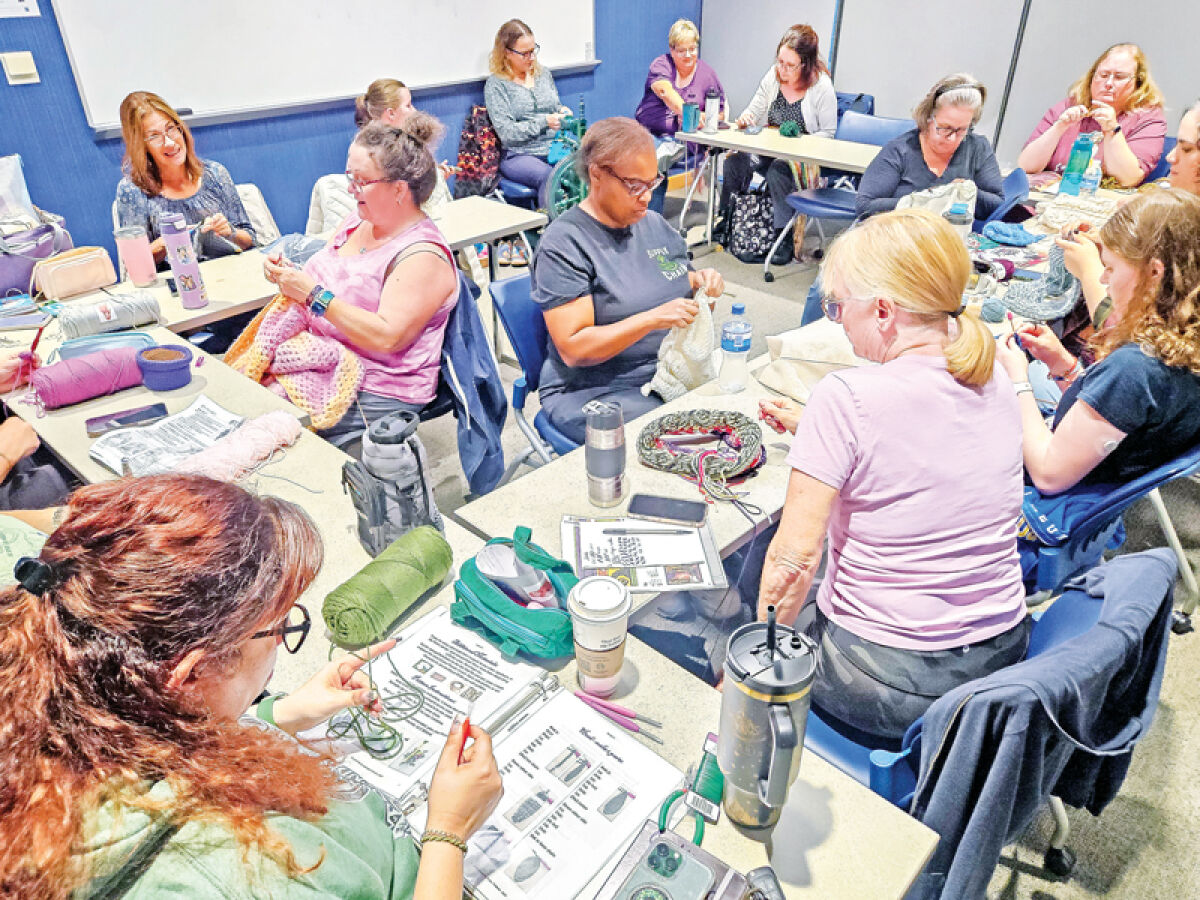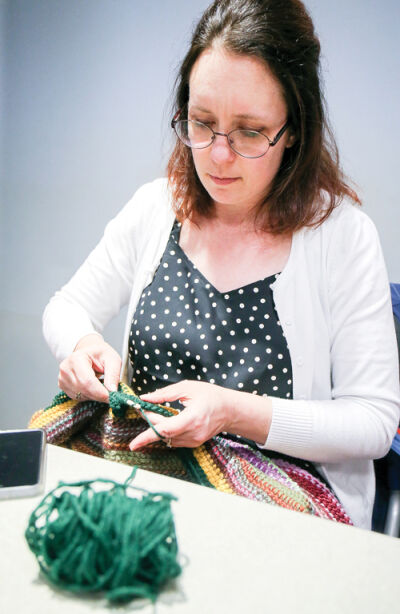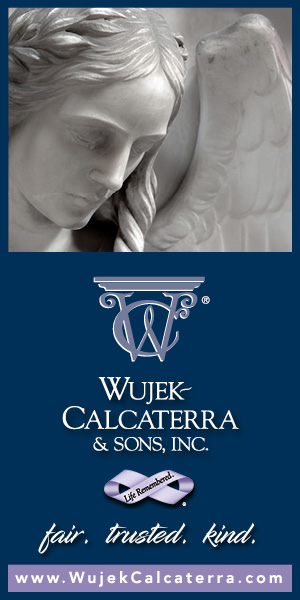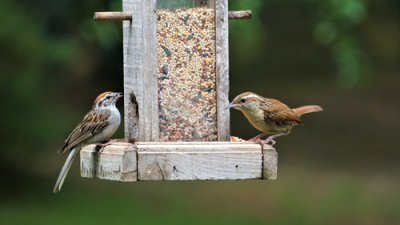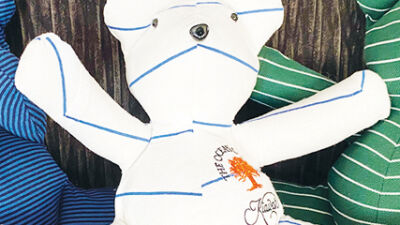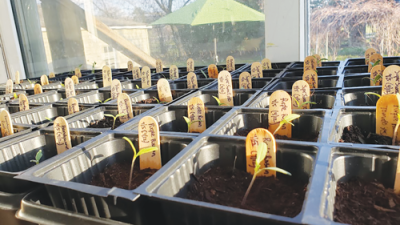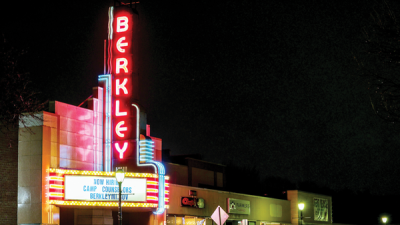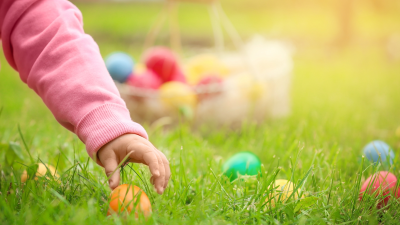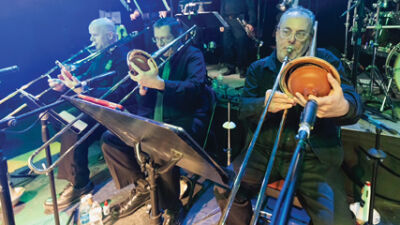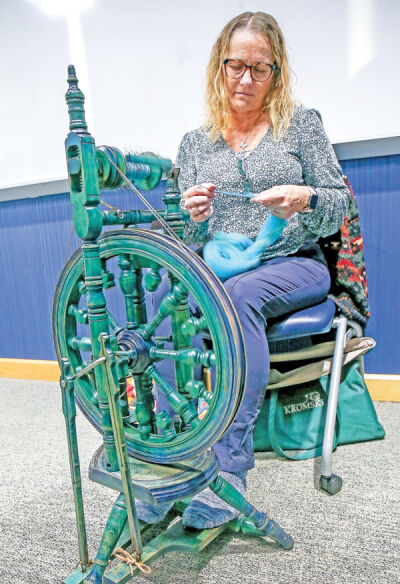
Jenn Towianski spins wool into yarn. She bought it in its raw state, carded the wool and dyed it all on her own.
Photo by Patricia O’Blenes
METRO DETROIT — Fiber arts help soothe the mind, and, in this group, they bring people together and create a sense of community.
Amy Romanoski, a founding member of the group, said she started the original Facebook page, Macomb Area Yarn Addicts, after a not-so-great experience with another similar page. Since its creation in 2018, the group grew from around 40 members to 120.
The fiber arts group at the Clinton-Macomb Public Library welcomes all kinds of arts. Members crochet, knit, needle point, spin yarn and much more.
The Sterling Heights Fiber Frolic at the Sterling Heights Public Library is called the Knit and Crochet Meetup. The group used to meet at the main branch of the library, but they temporarily meet at the South Branch.
“It’s a neighborhood group. Everybody meets here,” Romanoski said.
Romanoski was working on a project that used Tunisian crochet, but she said she personally prefers regular crocheting. She said they engage the community by bringing in excess material and yarns to share.
“I wasn’t using any of the stuff I brought in today. Here you go,” Romanoski said.
Romanoski said she and Katie Kruszka, another founding member and Romanoski’s friend, were looking for ways to get involved with crafts in the community and it brought them to the group.
“It’s nice to see other people that have kind of the same interests that we do,” Romanoski said.
The members don’t just work in silence. Romanoski said they talk about everything from their projects to random events and more. She said she tries to keep religion and politics discussion off the Facebook group due to the differing beliefs of the members.
“I want to be all inclusive. I want everybody to feel welcome,” Romanoski said.
The group welcomes participants of all ages. Romanoski said they’ve had high school students who made fashion show pieces completely out of fiber arts.
Members help each other with their skills. If someone gets stuck on a certain stitch, another member will lean over and help them out.
Jenn Towianski, a member of the Sterling Heights Fiber Frolic, spun dyed wool into yarn. The wool she used she bought in its raw state as dirty sheep’s wool. She then went on to prepare the wool by carding it and making sure it’s smooth. Her spinning wheel was made in Poland, and she painted it herself. Towianski also crochets and knits.
“I’ve always wanted to spin, but I put it off until after I’ve had my kids grown up,” Towianski said.
The Sterling Heights Fiber Frolic has been around since about 2021. She’s been in the Clinton-Macomb group for around two years and said she loves it.
Susan Stephens, a member of the group, said she started attending meetings when she was working on a cross-stitching project. She read about the group in the library’s newsletter.
“I was looking for something to do, so I thought I would try it,” Stephens said.
She said she has a lot of fun in the group.
“We’re very open, we talk about stuff. We have several teachers in the group, so we talk (about) teaching stuff,” Stephens said. “I’ve made friends here and I’m a very nervous person so that was a big step for me.”
Working on fiber arts such as cross stitch and crocheting helps to keep Stephens’ mind and hands busy. She said she usually has a couple projects going at the same time.
“One of the best parts about this group is if you’re stuck on a pattern or what to do, they’re very helpful,” Stephens said. “They’ll help you figure out the stitches, or they’ll help you find a pattern.”
 Publication select ▼
Publication select ▼